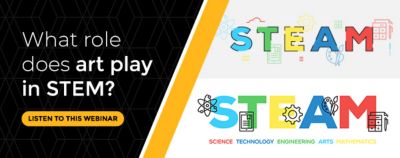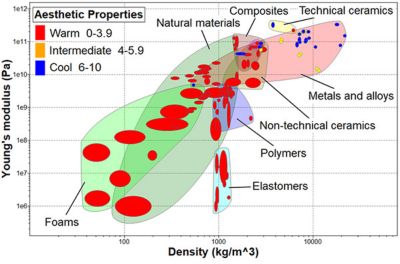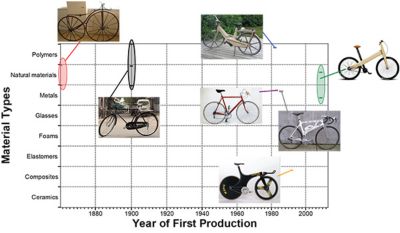-
United States -
United Kingdom -
India -
France -
Deutschland -
Italia -
日本 -
대한민국 -
中国 -
台灣
-
Ansysは、シミュレーションエンジニアリングソフトウェアを学生に無償で提供することで、未来を拓く学生たちの助けとなることを目指しています。
-
Ansysは、シミュレーションエンジニアリングソフトウェアを学生に無償で提供することで、未来を拓く学生たちの助けとなることを目指しています。
-
Ansysは、シミュレーションエンジニアリングソフトウェアを学生に無償で提供することで、未来を拓く学生たちの助けとなることを目指しています。
ANSYS BLOG
July 15, 2020
How the Art in STEAM Can Inspire
Many people are familiar with the term STEM, the acronym for science, technology, engineering and mathematics. This term, originally coined by the U.S. National Science Foundation (NSF)1 is synonymous with an initiative that has inspired countless educational institutions to encourage those of all ages and backgrounds to get involved in these fields.
However, another initiative exists in the K-12 space: STEAM. It stands for science, technology, engineering, art and mathematics.
When many of us hear the term, “arts,” in context to K-12, we think of pottery and painting — not design. And yet, STEAM can be used to inspire students to think creatively and explore the world around them. Creativity is so valued by employers that it topped LinkedIn's annual survey2 as the most in-demand soft skill for the third time this year.
So, what role does art play in STEM?
Artists and Engineers are Both Designers
Engineering and art are integral to product design. Designers create and execute plans to produce a tangible object. Both engineers and artists fit this description.
However, artists go about designing pieces and products in a different way than engineers. Their goals, constraints and parameters come from an altogether different perspective.
To great inventors of history, like Leonardo da Vinci, art and engineering design weren’t that different. On closer inspection, there are still many similarities.
Showcasing these differences and how they can work together to create better products is important. It can act as motivation to young students who are interested in how things work.
One way to connect these fields is through materials. Artists and designers might be focused on sensory components — such as aesthetic properties of materials. While engineers might start with the mechanical properties. Both form and function of materials are important to STEAM. Ansys makes this information accessible.
Ansys GRANTA EduPack Makes the Link Between Engineering, Art and Design Apparent
Ansys GRANTA EduPack has a new design database that focuses on providing materials information to classrooms.
GRANTA EduPack plot comparing Young’s modulus vs. density with the aesthetic property of “warmth” overlaid. Notice how metals fall in the cool category, while more natural materials (such as wood) fall in the warmth category.
It includes aesthetic properties alongside materials and process data. This enables students to compare sensory design components that are difficult to quantify alongside fundamental material properties. In doing so, students across science, technology, engineering, art and mathematics can see how data are used to design the products we use in our daily lives.
Additionally, it has a design database that has records of 187 products used in sports and leisure, packaging, fashion, tech, healthcare and more. The highly visual software has many photos of products for students to explore. The product database enables discussions around how designs have evolved over the years and how materials have changed based on function and fashion.
Ansys GRANTA EduPack plot comparing bicycle materials and year of first production. Product images have been overlaid on the plot to impart clarity.
By highlighting the connections between aesthetics, technology, style and production year, the link between engineering, art and design is amplified. This can be used to help students connect with their creative side and showcase how STEM and art can be brought together to inspire the next generation of designers, engineers and artists.
Listen to this webinar highlighting how GRANTA EduPack can be used to strengthen the connection between technical materials knowledge and artistic design.
2. LinedIn, "The Most In-Demand Hard and Soft Skills of 2020"














